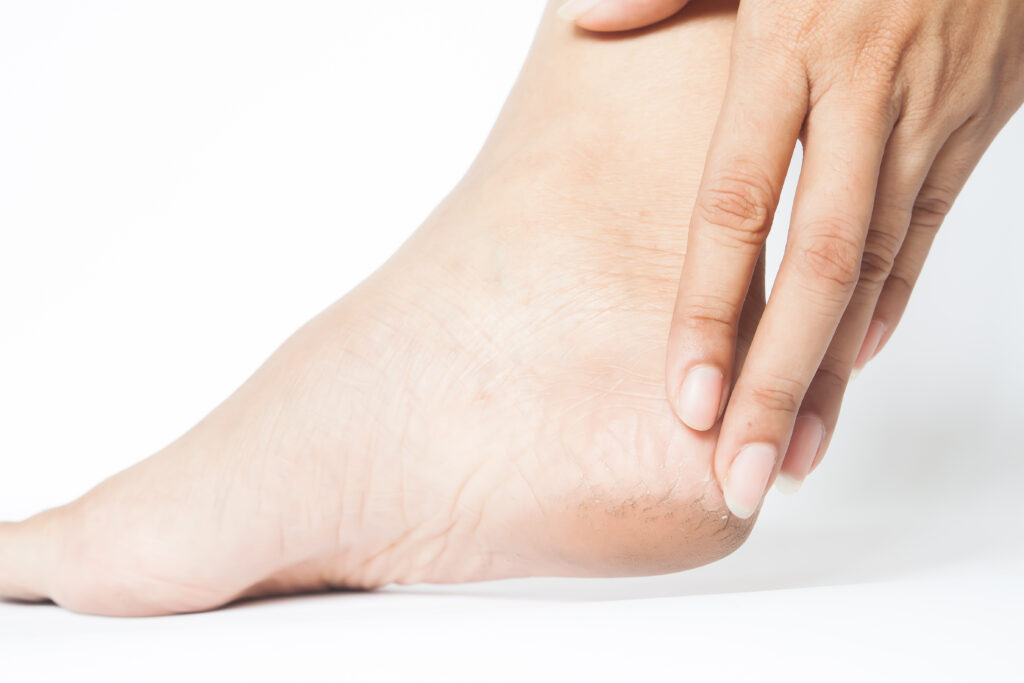
Hi! This is Dr. Salam, I practice at One Care Medical Center, an orthopedic hospital in Coimbatore. In this short article lets discuss on plantar fasciitis
Plantar Fasciitis is the most common factor for foot pain or pain in the heals. This Condition is due to the thickening of tissue that runs across the bottom of the foot which connects with your heel bone to your toes.
Plantar Fasciitis affects Mostly Age group between 40 to 60 years are having the maximum. It also occurs in younger people who are on their feet a lot like athletes or soldiers, can happen in one foot or both feet.

Most people with plantar fasciitis experience severe pain with the first steps on waking up in the morning or sitting for a long time. The pain and stiffness may reduce after few activities but it gets bad on continued activities towards the end of the day. Pain is made worse by walking barefoot or upstairs


No single treatment works best for everyone with plantar fasciitis. But there are a few things which can make your foot get better.
Rest: Reduce the activities that hurt your foot. Avoid walking or running on hard surfaces and on barefoot.
Ice or heat: Try putting ice packs on your heel for 10 to 15 minutes as many times as possible (5 to 6 times Ideal) or you can keep your foot in some warm water and do stretching exercises.
Stretching exercises: One can perform toe stretches, calf stretches towel stretches several times a day especially in the mornings.
Shoes or sandals: It is important to wear correct fitting shoes always and have shoes with a good arch to support your feet. There are specially designed sandals to cushion your soles to help you walk better inside your home and also outside.
Splints: There are certain foot strapping or taping devices to keep your ankle in the neutral position if other methods do not help.
Medicine: A short course of Anti-inflammatory drugs can benefit your foot pain. There are options for steroid injections in your heel if pain persists for a long time.
A Surgical Management (Plantar Fasciotomy) is reserved for those who have failed to improve after at least 6 to 12 months of conservative treatment.
Plantar fasciitis is most often occurring because of injuries that have happened over time. With above-mentioned treatment, you will have less pain within few weeks, but it may sometimes take time for the pain to go away completely (few months to a year).
Stay with the treatment. The sooner you start the treatment the sooner you walk free.
Do you have questions after reading this article? Please let us know! Leave a comment below, we would love to give you some answers!

WhatsApp us